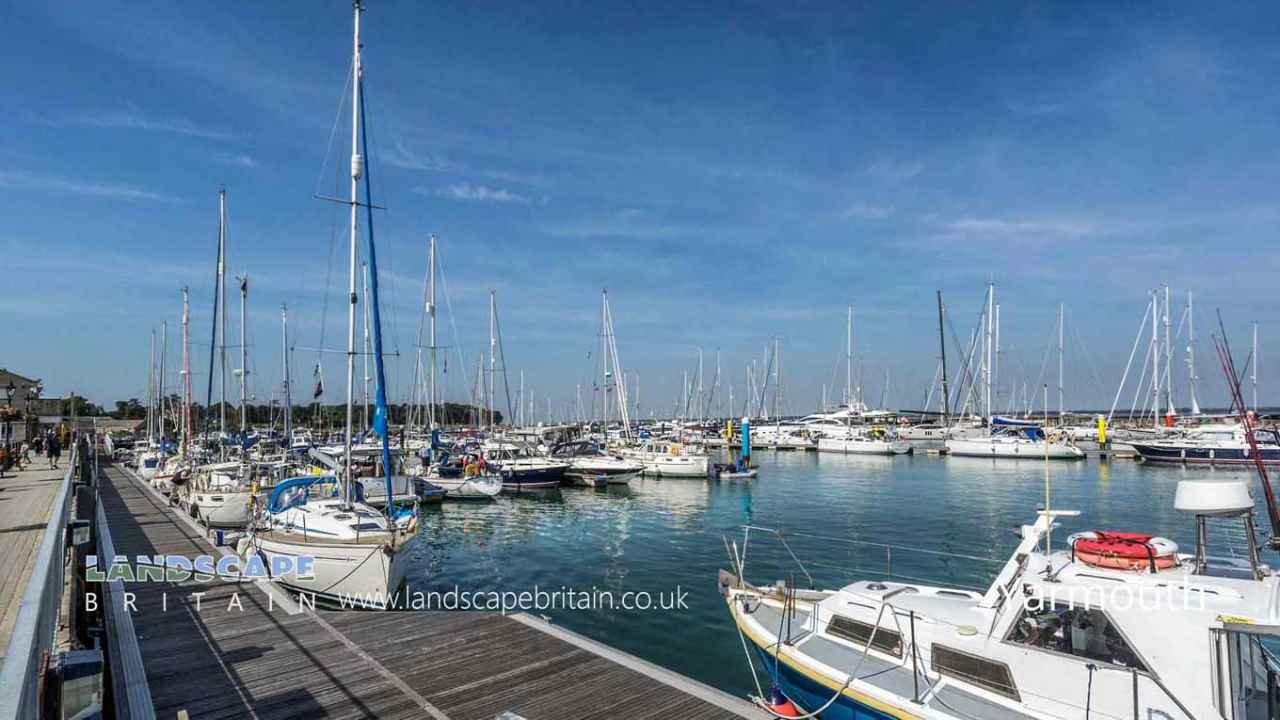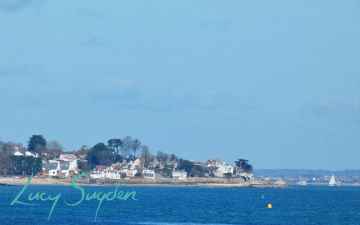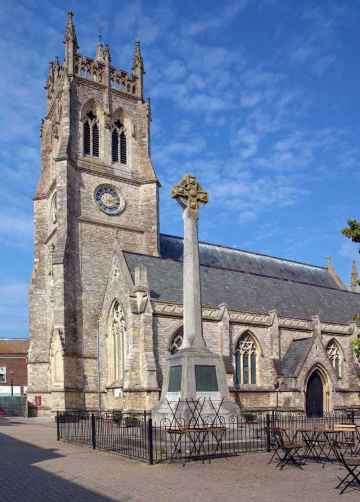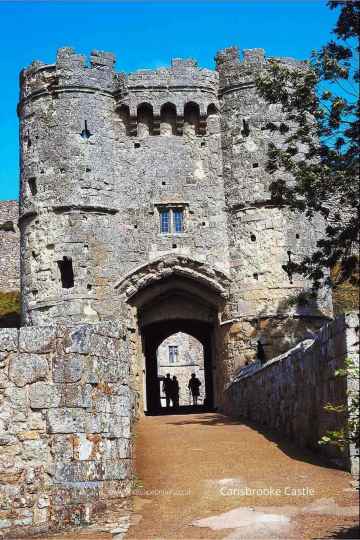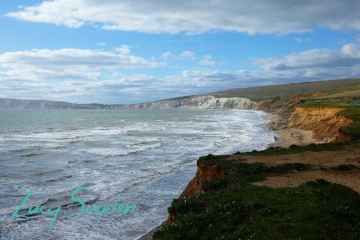Yarmouth is a Town in the county of Isle of Wight.
The coastal town of Yarmouth is located on the west side of the Isle of Wight, off the south coast of England.
The town is named for its location at the mouth of the small Western Yar river.
Yarmouth has a long history as a port town, and today it is still an important hub for ferry services to and from the mainland.
Visitors to Yarmouth can enjoy its beaches, shops and restaurants, as well as its many historic buildings and landmarks.
There are great places to visit near Yarmouth including some great villages, ruins, beaches, towns, castles, historic buildings, geological features and hiking areas.
Bembridge, Carisbrooke, Fishbourne, Wootton Bridge, St Helens - Isle of Wight, Shanklin Old Village, and Luccombe - Isle of Wight are great places to visit near Yarmouth if you like villages.
Don't miss Culver Battery, and Carisbrooke Castle's ruins if visiting the area around Yarmouth.
Beaches to visit near Yarmouth include Whitecliff Bay, Compton Bay and Downs, Compton Bay, and Totland.
Yarmouth has some unmissable towns nearby like Newport - Isle of Wight, Ryde, Cowes, Shanklin, Sandown, and Yarmouth.
Castles to visit near Yarmouth include Carisbrooke Castle.
Don't miss Carisbrooke Castle, St Helens Duver, The Needles Lighthouse, The Needles Battery, and Fort Victoria's historic buildings if visiting the area around Yarmouth.
The area around Yarmouth boasts some of the best geological features including Compton Bay and Downs, and The Needles.
Culver Down is one of Yarmouth's best, nearby hiking areas to visit in Yarmouth.
Yarmouth History
There are some historic monuments around Yarmouth:
Places to see near Yarmouth
History of Yarmouth
Yarmouth Castle was built in 1547, and is now in the care of English Heritage. It is effectively a gun platform, built by Henry VIII to fortify the Solent and protect against any attempted invasion of England. For many years Yarmouth was the seat of the Governor of the Island. It also has a quaint Town Hall which was rebuilt in 1763. In St. James’s Church there is a monument to the 17th century admiral Sir Robert Holmes who was at Yarmouth. He obtained it in a raid on a French ship, when he seized an unfinished statue of Louis XIV of France and forced the sculptor to finish it with his own head rather than the king’s.







